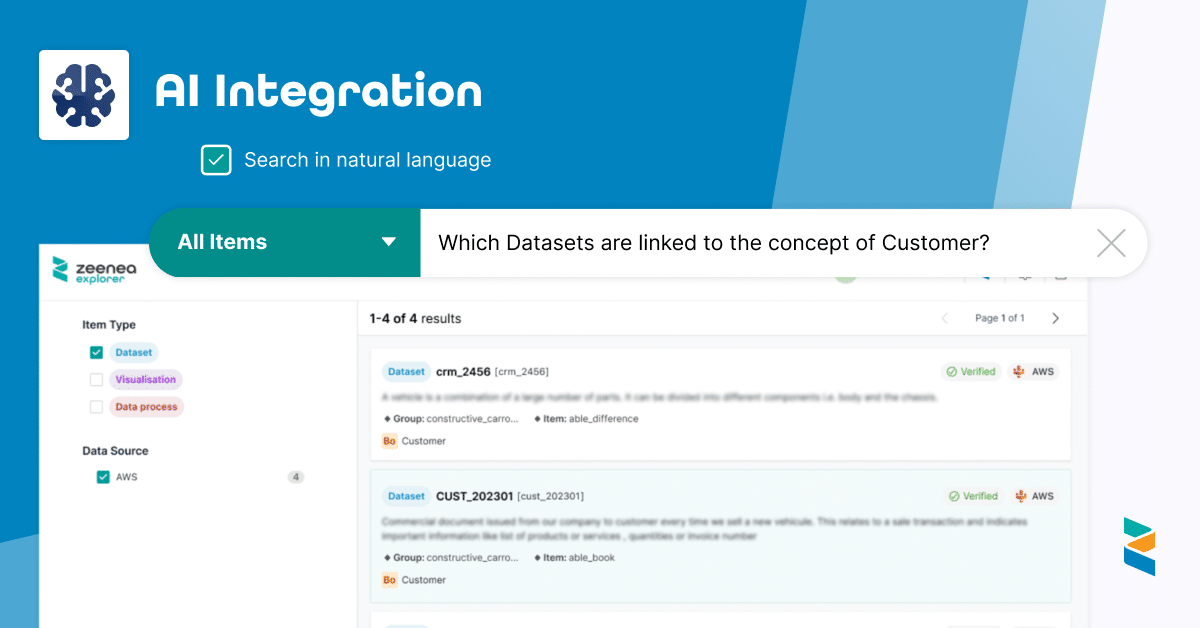De-Risking The Road to Cloud: 6 Questions to Ask Along the Way
Jennifer Jackson
July 24, 2023

In my career, I’ve had first-hand experience as both a user and a chooser of data analytics technology, and have also had the chance to talk with countless customers about their data analytics journey to the cloud. With some reflection, I’ve distilled the learnings down to 6 key questions that every technology and business leader should ask themselves to avoid pitfalls along the way to the cloud so they can achieve its full promise.
1. What is My Use Case?
Identifying your starting point is the critical first step of any cloud migration. The most successful cloud migrations within our customer base are associated with a specific use case. This focused approach puts boundaries around the migration, articulates the desired output, and enables you to know what success looks like. Once a single use case has been migrated to the cloud, the next one is easier and often relies on data that has already been moved.
2. How Will We Scale Over Time?
Once you’ve identified the use case, you’ll need to determine what scaling looks like for your company. The beauty of the cloud is that it’s limitless in its scalability; however, businesses do have limits. Without planning for scale, businesses run the risk of exceeding resources and timelines.
To scale quickly and maximize value, I always recommend customers evaluate use cases based on level of effort and business value: plotting each use case in a 2×2 matrix will help you identify the low-effort, high-value areas to focus on. By planning ahead for scale, you de-risk the move to the cloud because you understand what lies ahead.
3. What Moves, What Doesn’t, and What’s the Cost of Not Planning for a Hybrid Multi-Cloud Implementation?
We hear from our customers, especially those in Europe, that there is a need to be deliberate and methodical in selecting the data that moves to the cloud. Despite the availability of data masking, encryption, and other protective measures available, concerns about GDPR and privacy are still very real. These factors need to be considered as the cloud migration roadmap is developed.
Multi-cloud architectures create resiliency, address regulatory requirements, and help avoid the risk of vendor lock-in. The benefits of multi-cloud environments were emphasized in a recent meeting with one of our EMEA-based retail customers. They experienced significant lost revenue and reputation damage after an outage of one of the largest global cloud service providers. The severe impact of this singular outage made them rethink a single cloud strategy and move to multi-cloud as part of their recovery plan.
4. How Do I Control Costs?
In our research on customers’ move to the cloud, we found that half of organizations today are demanding better cost transparency, visibility, and planning capabilities. Businesses want a simple interface or console to determine which workloads are running and which need to be stopped – the easier this is to see and control, the better. Beyond visibility in the control console, our customers also use features such as idle stop, idle sleep, auto-scaling, and warehouse scheduling to manage costs. Every company should evaluate product performance and features carefully to drive the best cost model for the business. In fact, we’ve seen our health insurance customers leverage performance to control costs and increase revenue.
5. What Skills Gaps Will I Need to Plan for, and How Will I Address Them?
Our customers are battling skills gaps in key areas, including cloud, data engineering, and data science. Fifty percent of organizations lack the cloud skills to migrate effectively to the cloud, and 45 percent of organizations struggle with data integration capacity and challenges, according to our research. Instead of upskilling a team, which can often be a slow and painful process, lean on the technology and take advantage of as-a-service offerings. We’ve seen customers that engage in services agreements take advantage of platform co-management arrangements, fully managed platform services, and outsourcing to help offset skills gap challenges.
6. How Will I Measure Success?
Look beyond cost and measure success based on the performance for the business. Ask yourself: is your cloud solution solving the problem you set out to solve? One of our customers, Met Eireann, the meteorological service for Ireland, determined that query speed was a critical KPI to measure. They found after moving to the cloud that performance improved 60-600 times and reduced query result time down to less than a second. Every customer measures success differently, whether it’s operational KPIs, customer experience, or data monetization. But whatever the measure, make sure you define success early and measure it often.
Making the move to the cloud is a journey, not a single step. Following a deliberate path, guided by these key questions, can help you maximize the value of cloud, while minimizing risk and disruption. With the right technology partner and planning, you can pave a smooth road to the cloud for your organization and realize true business value from your data.
Subscribe to the Actian Blog
Subscribe to Actian’s blog to get data insights delivered right to you.
- Stay in the know – Get the latest in data analytics pushed directly to your inbox.
- Never miss a post – You’ll receive automatic email updates to let you know when new posts are live.
- It’s all up to you – Change your delivery preferences to suit your needs.














